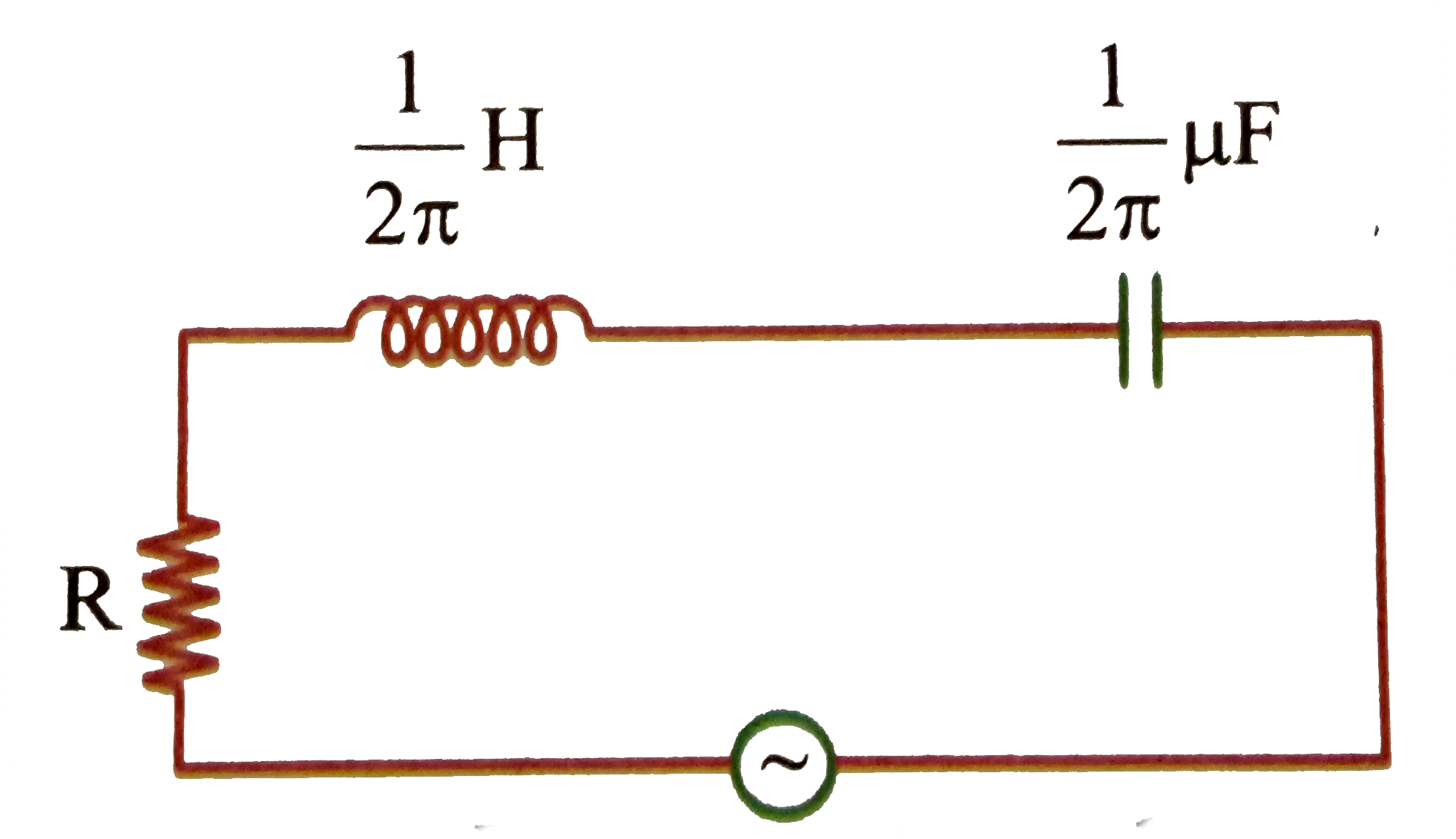In a LCR series resonating circuit. Give the value of average power loss.
Video Solution
Text Solution
Average power loss
<P>=Vrms.cosop=Vrms.IrmsR√R2+(XL−XC)2
|
Topper's Solved these Questions
Similar Questions
Knowledge Check
In series resonant circuit, at resonance,
AZ=√R2+(XL−XC)2BZ=XL−XCCZ=RDZ=XCIn an LCR circuit, at resonance
Athe current is minimumBthe current and voltage are in phaseCthe current leads the voltage by π/2Dthe impedence is maximumIn a series resonant L-C-R circuit, the power factor is
A0B1C0.3D1.5
In an LCR series circuit the current is
View SolutionIn LCR circuit during resonance
View SolutionAssertion : In series LCR resonance circuit, the impedance is equal to the ohmic resistance.
Reason : At resonance, the inductive reactance exceeds the capacitive reactance.
View SolutionAssertion : In series LCR resonance circuit, the impedance is equal to the ohmic resistance.
Reason : At resonance, the inductive reactance exceeds the capacitive reactance.
View SolutionIn a series LCR circuit

View Solution

